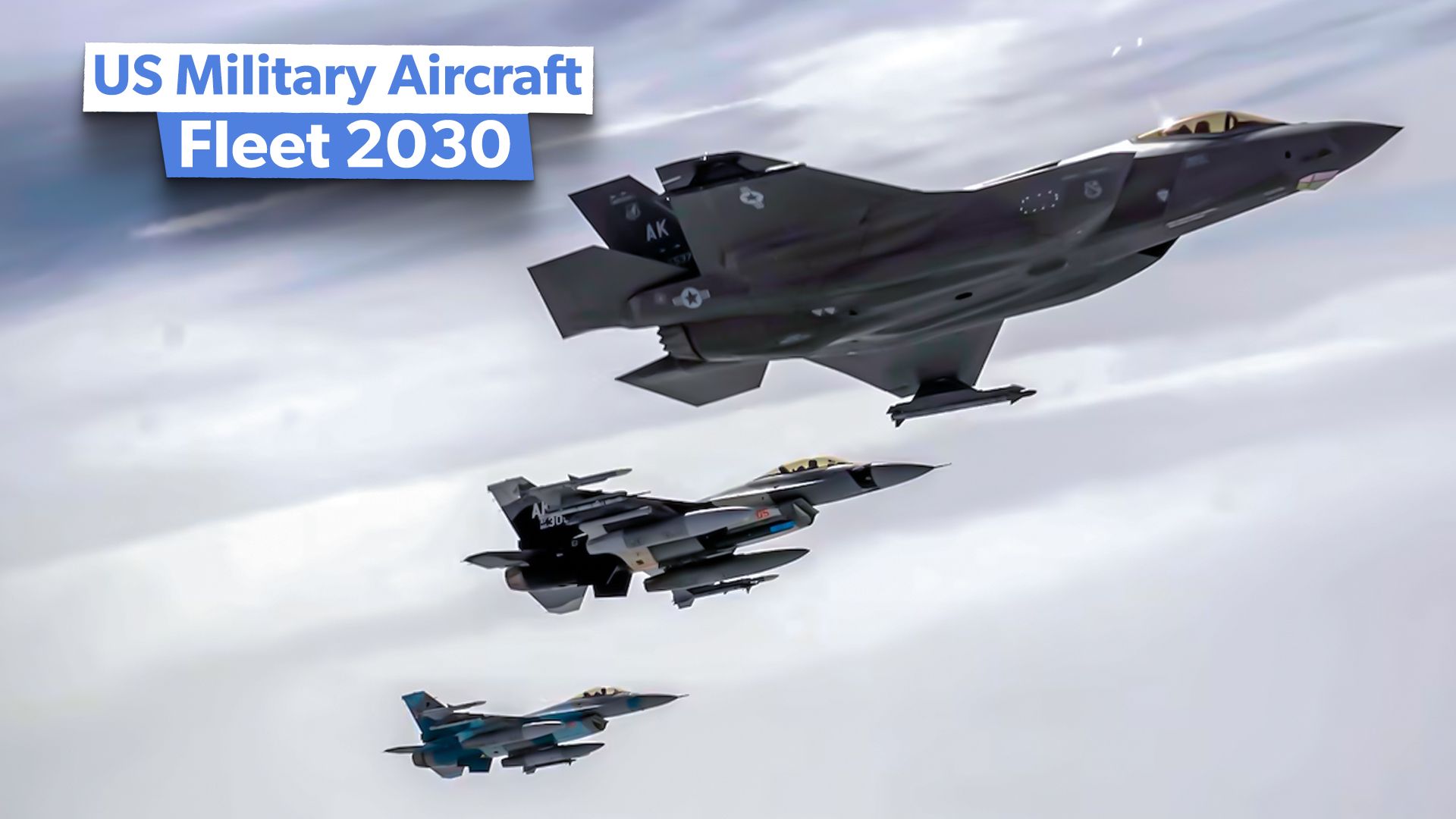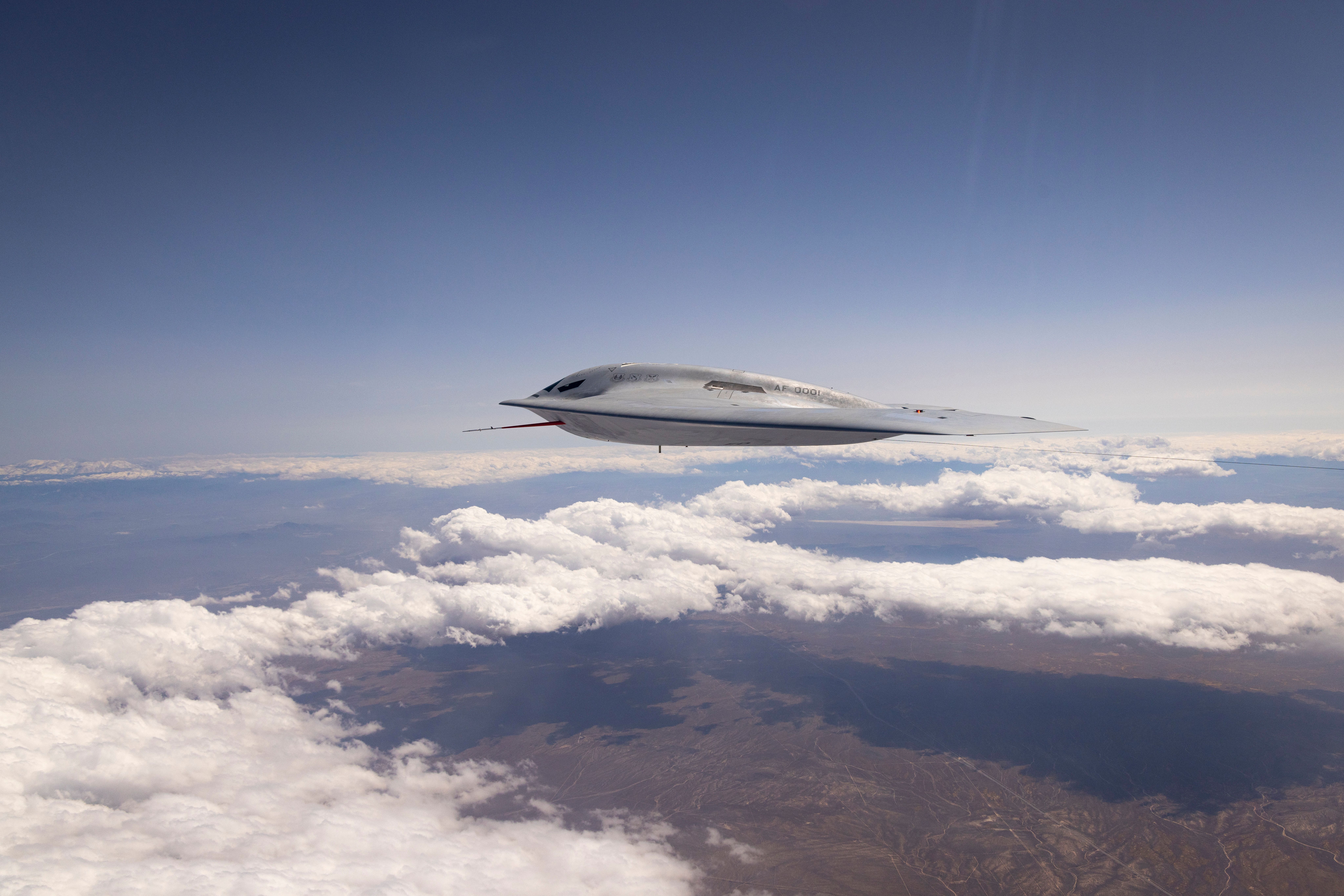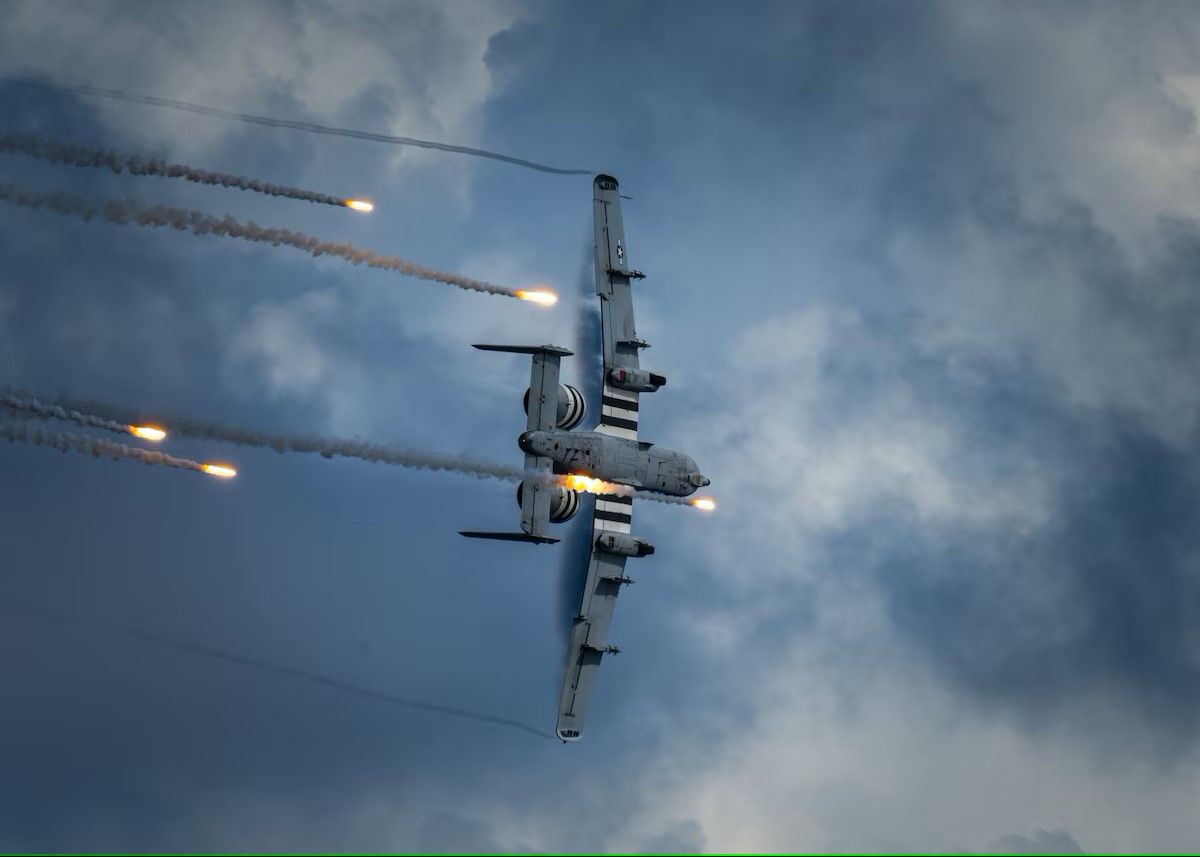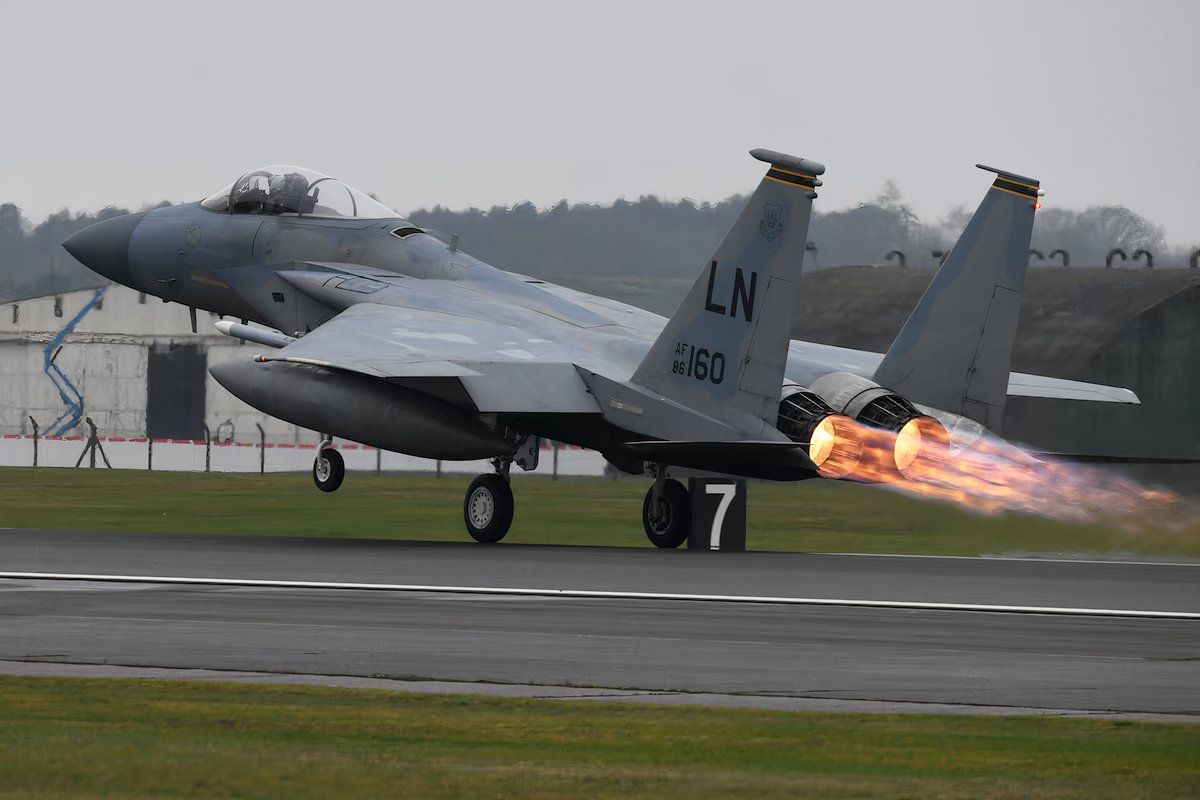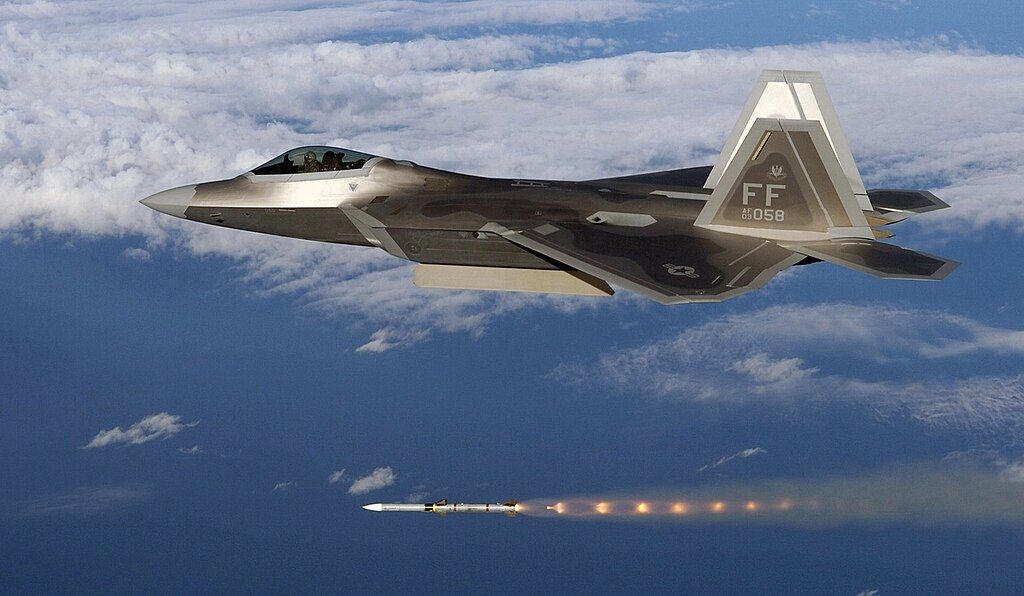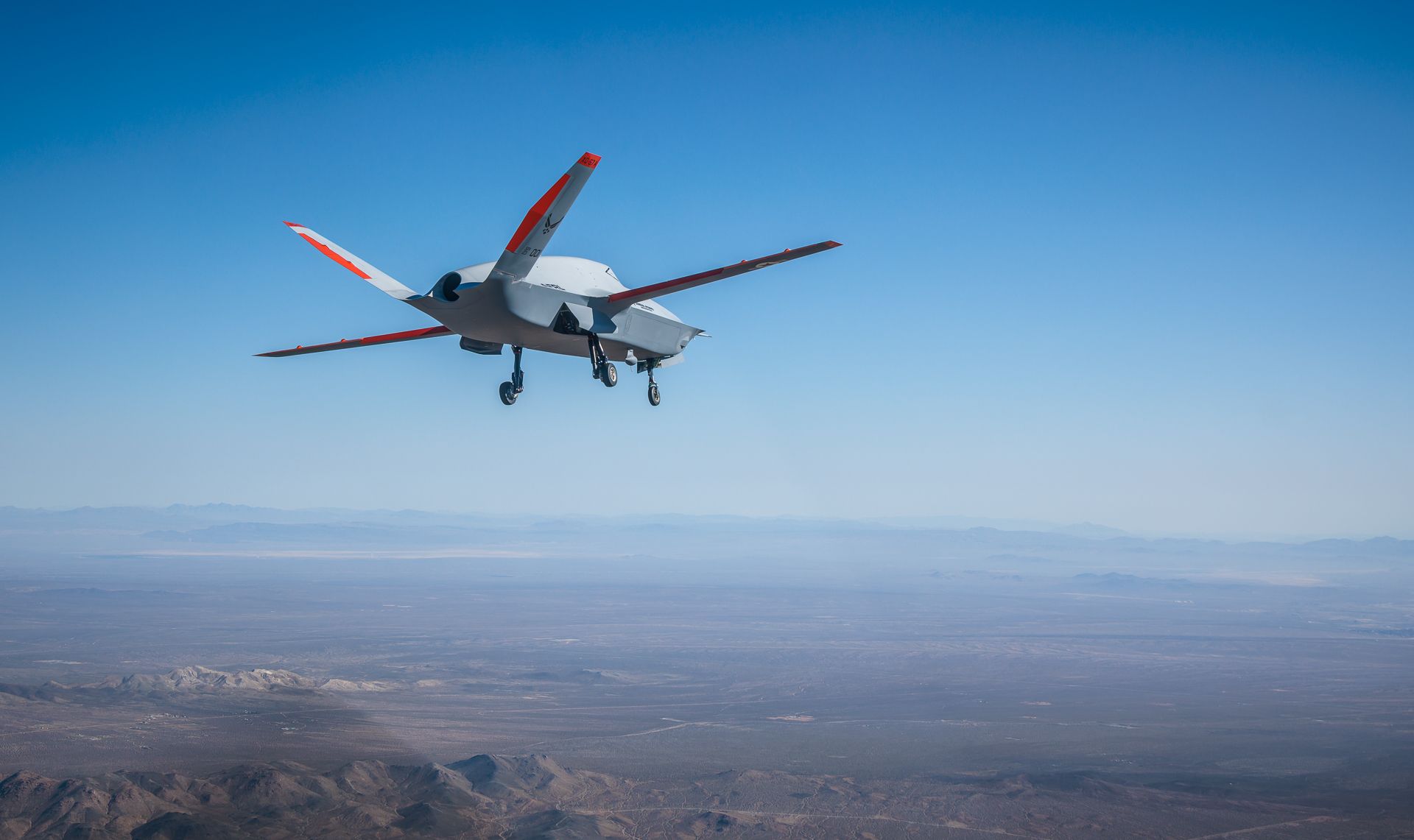Summary
- By 2030, the US Air Force will retire B-1 Lancers & A-10s.
- Fourth-gen fighter jets will be dominant in the Air Force.
- The Air Force will operate two types of fifth-gen aircraft by 2030.
What will the US Air Force look like in 2030 (barring a major war or significant change in planning)? The US Air Force will certainly be smaller, have many more unmanned systems, and be much more technologically advanced. Predicting the future is something of a fool’s errand, but the trends in the Air Force are clear. By 2030, 4.5th and 5th generation combat aircraft will make up a much larger percentage of the overall fleet.
Bomber fleet
At this point, the B-21 Raider appears to be a successful program. It is funded and is now in low-rate production. The first B-21 Raiders are expected to come into service in the next few years (perhaps in 2027). So, by 2030, there will likely be a limited number of Raiders in service.
Photo: U.S. Air Force
|
Combat aircraft retired by 2030: |
Note: |
|---|---|
|
B-1 Lancer bombers: |
Last might be retired early 2030s |
|
A-10 Warthogs: |
Last to be retired by 2028 or 2029 |
|
F-16Cs: |
Pre-Block 40 and Block 50 models to be retired |
|
F-15C/Ds: |
F-15EX Strike Eagles and likely F-15Es still in service |
Boeing B-52s are expected to remain in service at least until the 2050s, while B-2 Spirits are expected to receive $7 billion in mid-life upgrades and will likely service through the 2030s. On the other hand, the Air Force is planning to retire the remaining B-1 Lancers by the late 2020s or early 2030s. So, by 2030, the Air Force may be operating four types of strategic bombers – with B-21s and B-1s serving in limited numbers. A recent National Interest article says the Air Force is planning to retire the B-1s in the late 2020s before the Raider is ready.
Attack aircraft
While there don’t seem to be any plans to retire the AC-130 gunships for now, the A-10 Warthogs are being retired and are expected to be gone by 2030. Washington has approved the Air Force’s request to retire 56 A-10s in FY 2025, and the last are expected to be retired by 2028 or 2029. These are being retired without any direct replacement of dedicated attack aircraft.
Fourth-generation fighter jets
Most of the US Air Force’s fighter jets in 2030 will likely be 4.5th-generation fighters. The Strike Eagle is the only 4.5th-generation fighter jet being purchased by the Air Force. By 2030, the Air Force will have received the last of its F-15s on order (a total of 104 F-15EX Strike Eagle IIs), and by then, the F-15 production line will likely be shut down. The only fourth-generation fighter jet production line that could likely still be operating in 2030 is the F-16 line (for export only).
|
FY 2025 requested retirements: |
Quantity: |
FY 2025 requested procurement: |
Quantity: |
|---|---|---|---|
|
F-22A Raptor: |
32 (denied) |
F-15EX Eagle II: |
18 |
|
F-15C/D Eagle: |
65 |
F-35A Lightning II: |
42 |
|
F-15E Strike Eagle: |
26 (denied) |
||
|
F-15C/D Fighting Falcon: |
11 |
||
|
A-10C Thunderbolt II: |
56 |
By 2030, all the F-15C/Ds will likely be retired as well as potentially many F-15Es. The Air Force will likely have fewer F-16s in its inventory; however, it plans to keep the newer Block 40 and Block 50 Fighting Falcons into the 2040s. According to the Aviationist, the Air Force has a total of 608 Block 40 and Block 50 F-16s, and these are slatted to be upgraded through the Post Block Integration Team (PoBIT) project. In FY 2023, the Air Force had a total of around 703 F-16Cs and 139 F-16Ds in service.
Photo: USAF
In FY 2025, the Air Force has been cleared to retire 65 F-15C/D Eagles and 11 F-16C/D Fighting Falcons. It also asked to retire 26 F-15E Strike Eagles, but Washington seems to have rejected this request.
Fifth-generation fighter jets
As today, the Air Force is expected to be operating two types of fifth-generation aircraft by 2030. The number of F-22 Raptors in service may hinge on whether Washington permits the Air Force to retire its unwanted 32 Block 20 F-22s built for a training role. This would leave the Air Force with around 150 F-22s in total.
|
New combat aircraft types by 2030: |
Note: |
|---|---|
|
B-21 Raider (strategic bomber): |
First expected in service late 2020s |
|
Collaborative Combat Aircraft: |
Multiple types of loyal wingman drones possibly in service by 2030 |
|
NGAD manned fighter: |
If an ambitious 2030 service date can be attained |
The Air Force has requested the purchase of 42 F-35As in FY 2025, and this is set to be approved. The US Air Force is expected to purchase around 1,763 F-35s eventually, and if it sustains this buy rate, it may have another 250 F-35As in service by 2030.
CCAs & Sixth Generation Fighters
Work is progressing quickly on developing Collaborative Combat Aircraft (CCA), also known as loyal wingman drones. The first prototypes such as the Kratos XQ-58 Valkyrie and General Atomics XQ-67A are already flying, and the first are likely to come into service in the next few years. In all, the Air Force is expected to procure around 1,000 CCAs and these will accompany NGADS, B-21 Raiders, and existing fighter jets. It is still unclear which drones the Air Force will purchase.
Photo: Air Force Material Command
The Air Force’s sixth-generation manned fighter, called the NGAD, is in perhaps the most advanced state of development of any sixth-gen fighter. Currently, the plan is for NGAD to come into service by 2030, but this is optimistic (assuming it’s not canceled entirely). So, the US Air Force may be flying its first sixth-generation aircraft by 2030, but this seems unlikely.

